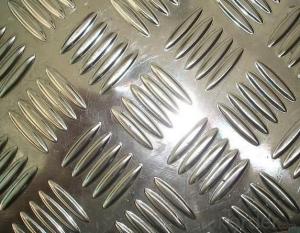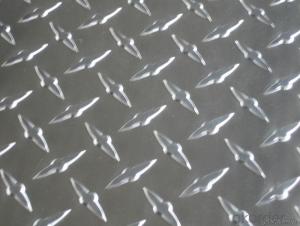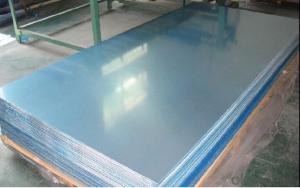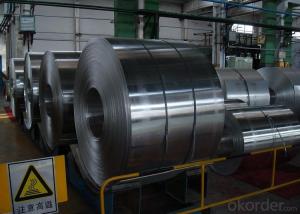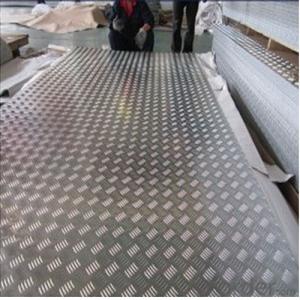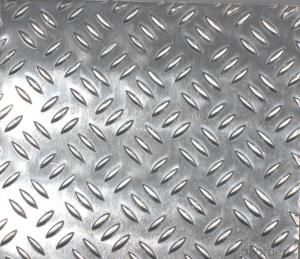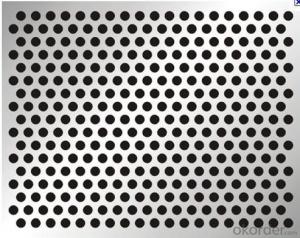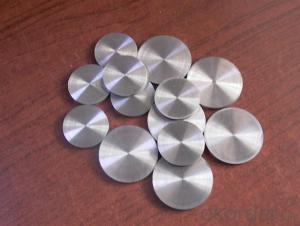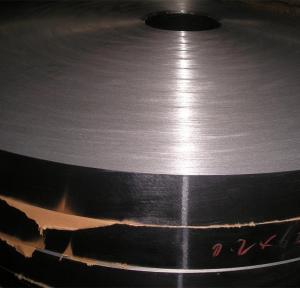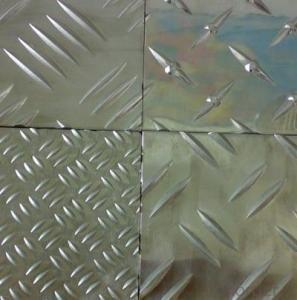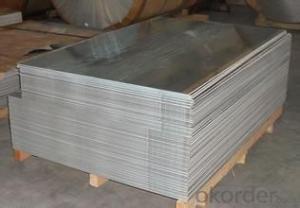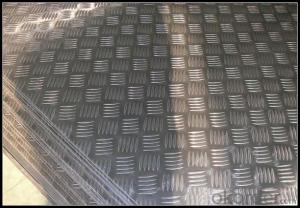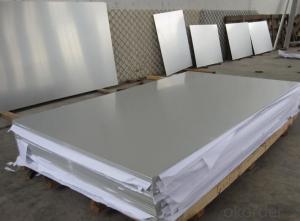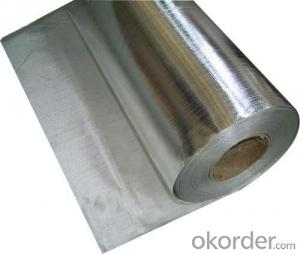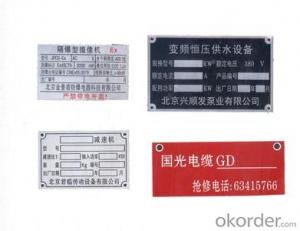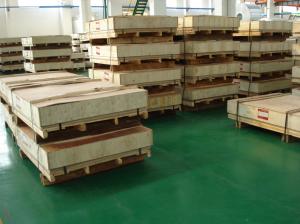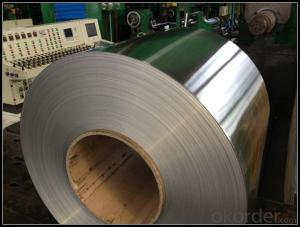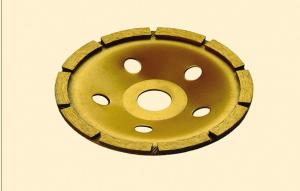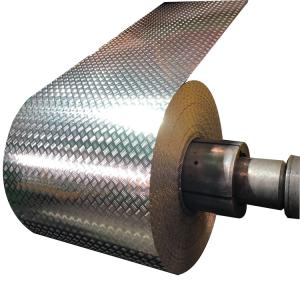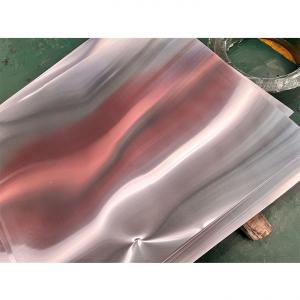Aluminum Diamond Plate Mailbox
Aluminum Diamond Plate Mailbox Related Searches
Aluminum Diamond Plate Box Aluminum Diamond Plate Boxes Diamond Plate Box Aluminum Diamond Plate Aluminum Tool Box Aluminum Diamond Plate Tool Box Aluminum Diamond Plate Truck Box Buy Aluminum Diamond Plate Aluminum Diamond Plate Panels Aluminum Diamond Plate Roll Aluminum Diamond Plate Cabinets Polished Aluminum Diamond Plate Aluminum Diamond Deck Plate Aluminum Diamond Plate Cooler Aluminum Diamond Plate Strips Aluminum Diamond Plate Fuel Tank Aluminum Diamond Plate For Sale Aluminum Sheet Diamond Plate Aluminum Black Diamond Plate Aluminum Dimond Plate Diamond Checker Plate Aluminum Diamond Plate Aluminum Sheeting Diamond Plate Sheet Aluminum Diamond Plate Aluminum Sheets Sheet Of Diamond Plate Aluminum Aluminum Diamond Plate Polish Diamond Plate Aluminum Polish Aluminum Diamond Plate Near Me Aluminum Diamond Plate Material Aluminum Diamond Plate Suppliers Sheets Of Aluminum Diamond PlateAluminum Diamond Plate Mailbox Supplier & Manufacturer from China
Aluminum Diamond Plate Mailbox is a durable and stylish mailbox product made from high-quality aluminum material. Its diamond plate design not only adds an aesthetic appeal but also provides extra protection against weather and wear. This mailbox is widely used in residential areas, commercial buildings, and public spaces where secure and reliable mail delivery is essential. The aluminum construction ensures that the mailbox remains rust-free and maintains its appearance over time, making it a popular choice among homeowners and businesses alike.The Aluminum Diamond Plate Mailbox is suitable for various applications, including personal use, business communication, and community mail distribution. Its sturdy construction and weather-resistant properties make it an ideal choice for outdoor use, ensuring that mail remains protected from the elements. Whether used for receiving personal correspondence, business documents, or community newsletters, this mailbox offers a reliable solution for mail storage and organization.
Okorder.com is a leading wholesale supplier of Aluminum Diamond Plate Mailbox, offering a vast inventory of this product to cater to the needs of various customers. With a strong commitment to quality and customer satisfaction, Okorder.com ensures that each mailbox is manufactured to the highest standards and is available at competitive prices. By partnering with Okorder.com, customers can enjoy the benefits of a reliable and efficient mail delivery system, backed by the company's extensive experience and expertise in the industry.
Hot Products






